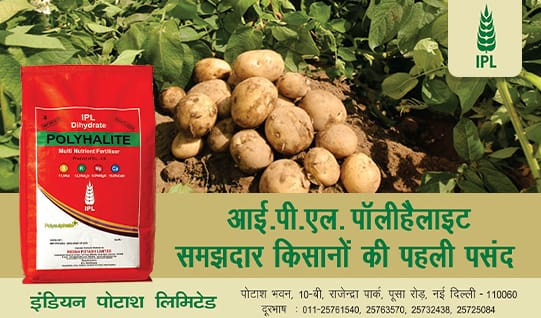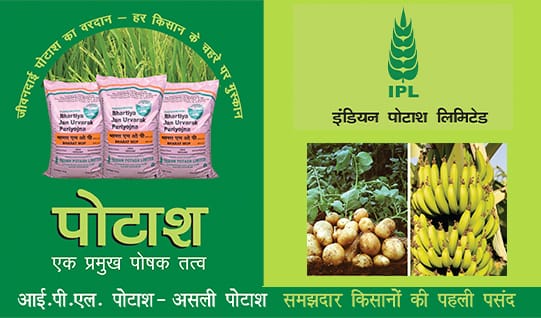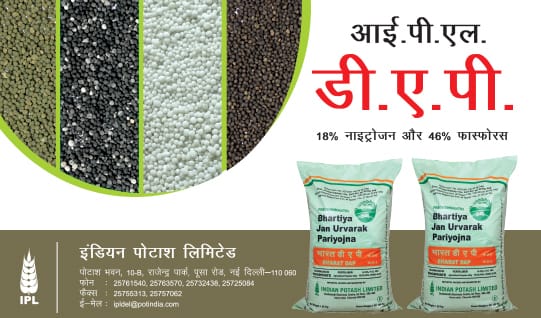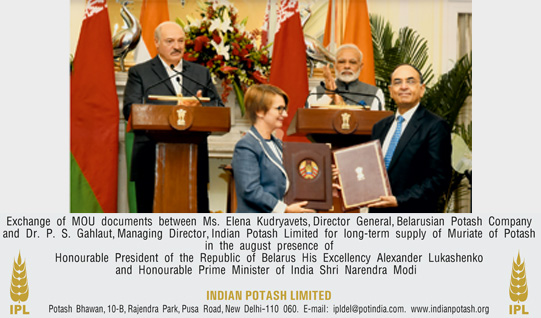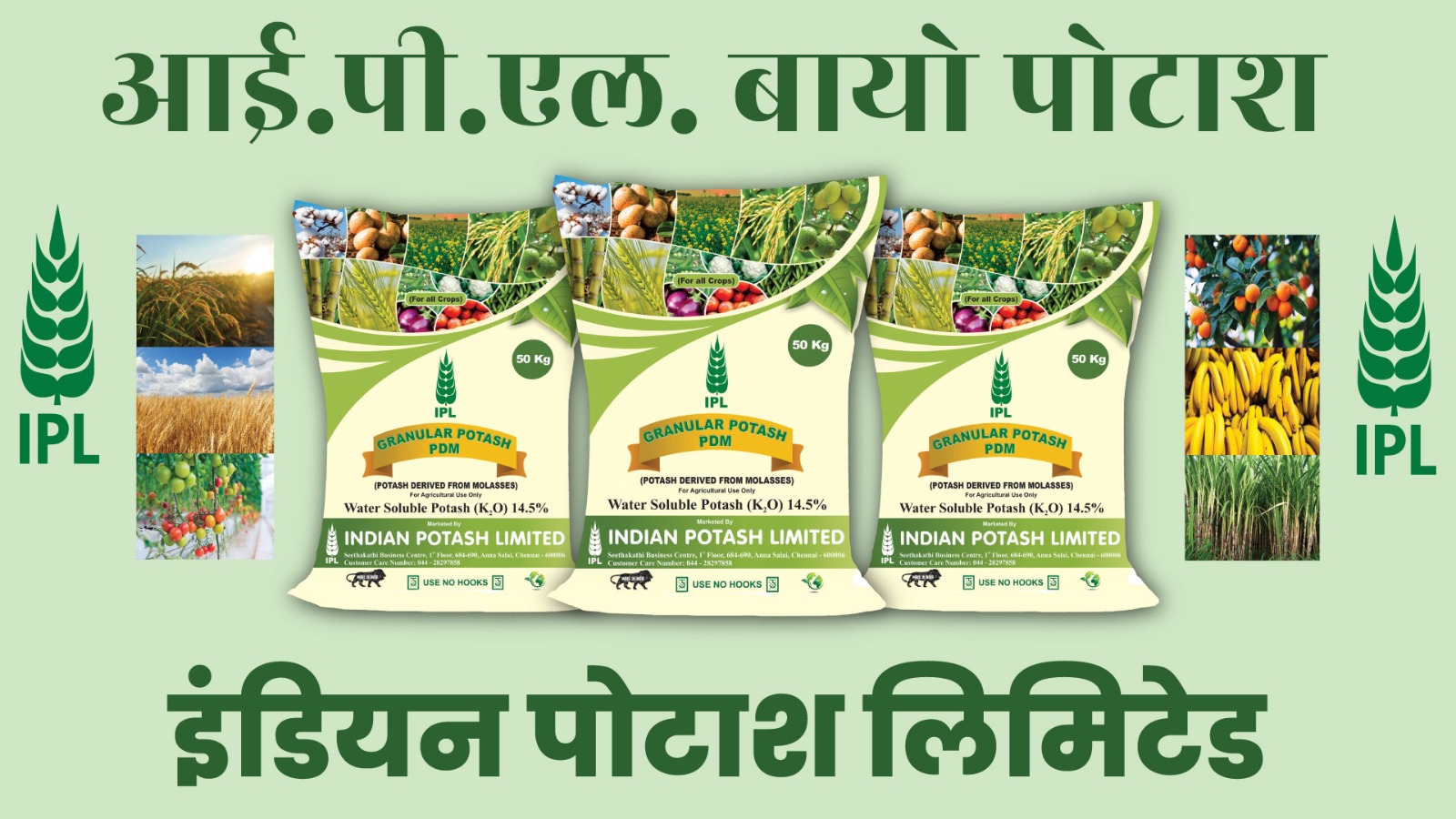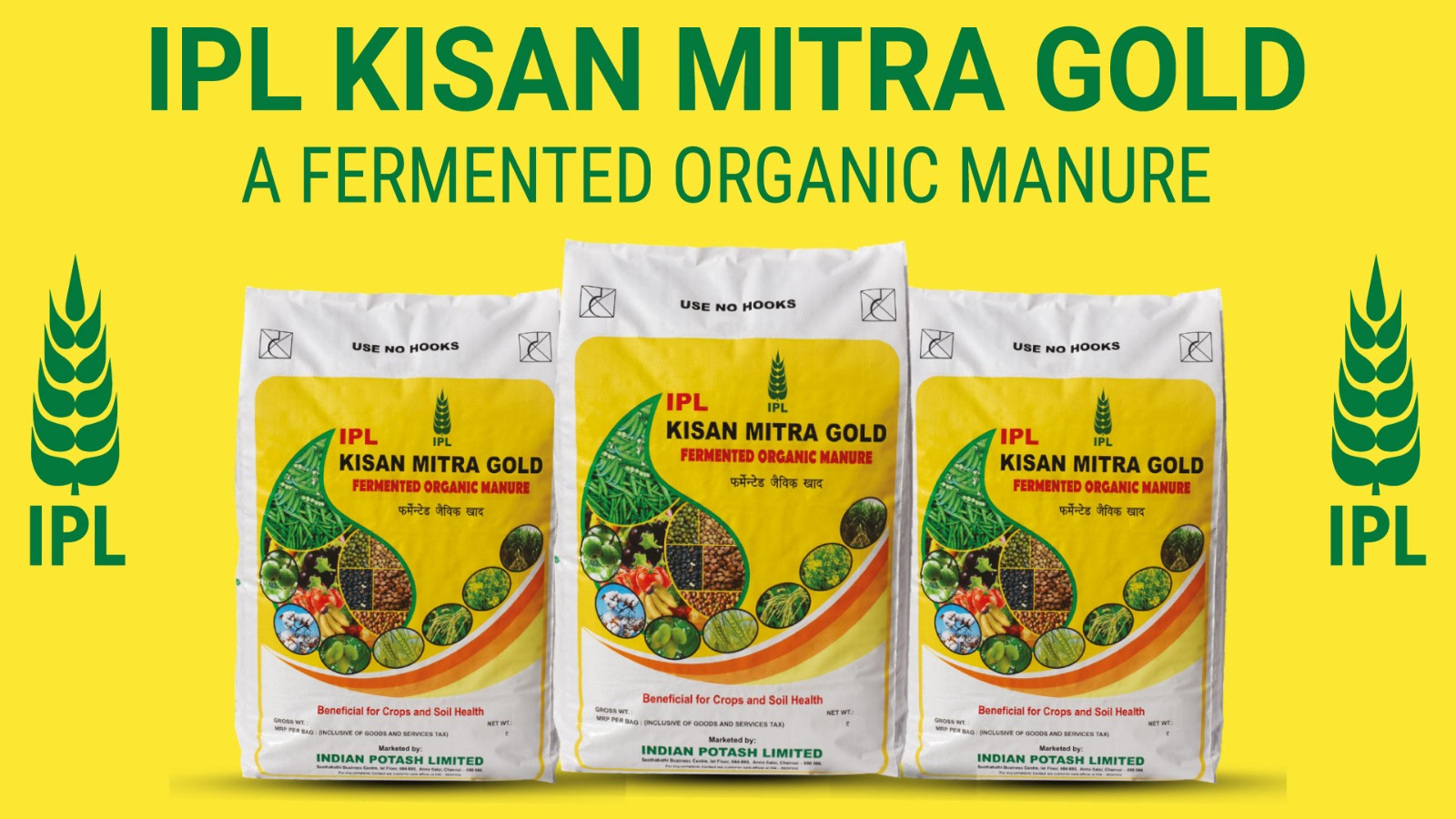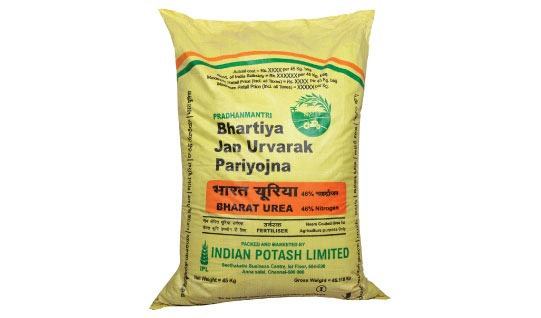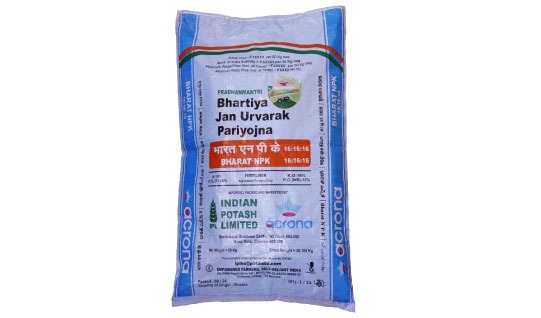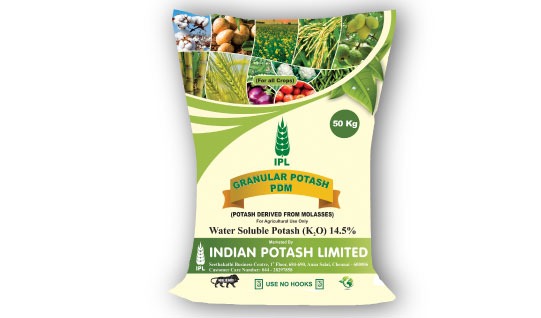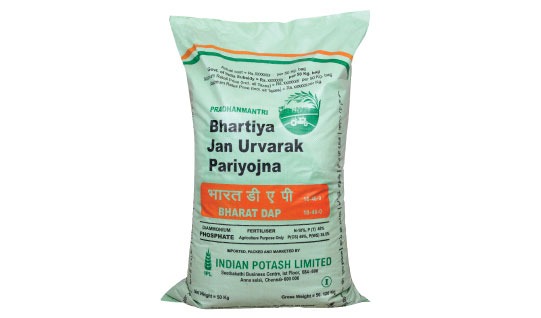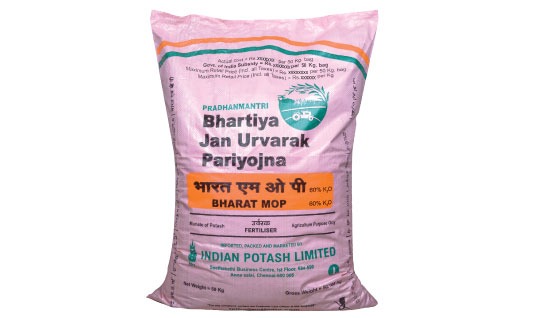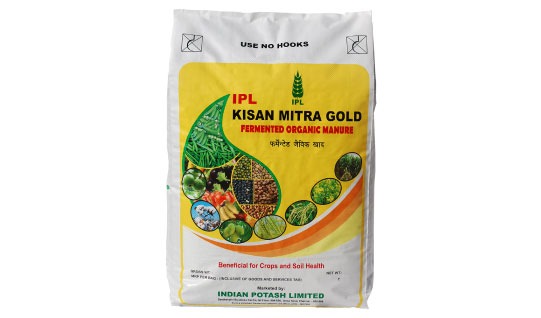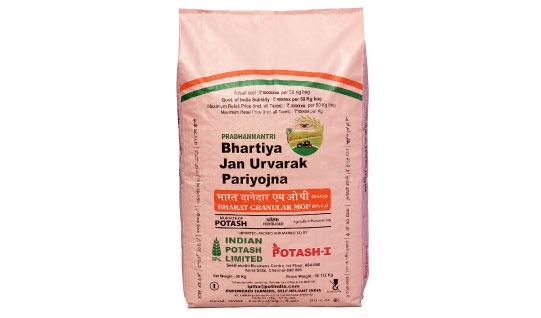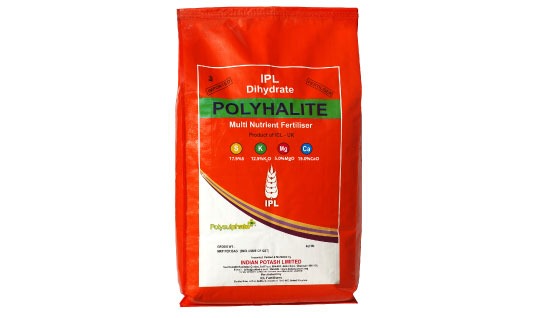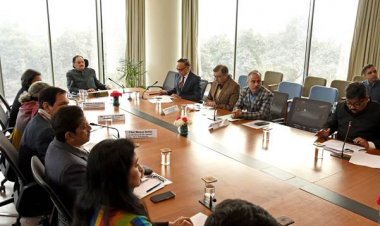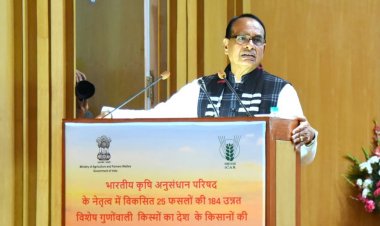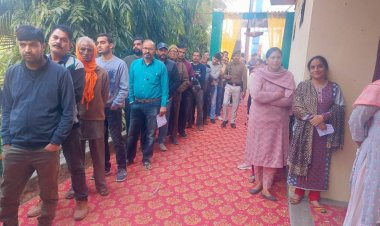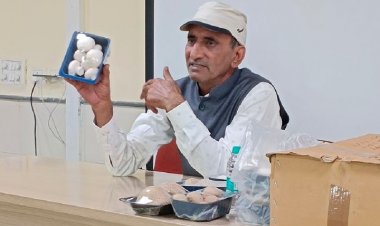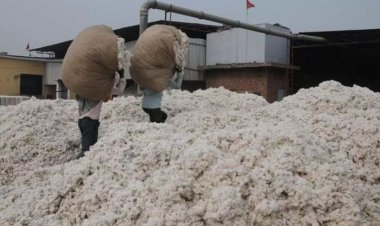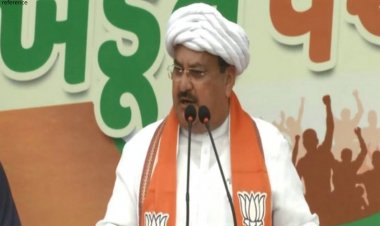WPI Dips, But Will the Rain Catch Up? Monsoon Holds Inflation Clues
The WPI Food Index, a critical measure encompassing 'Food Articles' from primary articles and 'Food Products' from manufactured goods, saw its annual inflation rate drop to 1.72% in May from 2.55% in April. This represents the lowest food inflation in 19 months, a welcome development for consumers
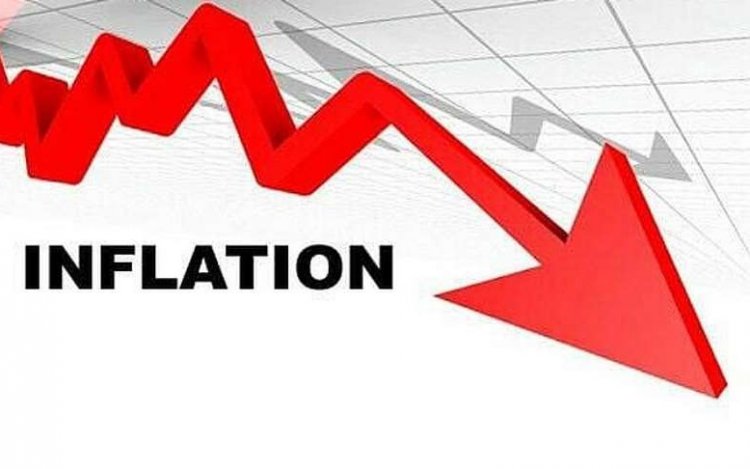
India's Wholesale Price Index (WPI) inflation continued its significant deceleration in May 2025, hitting a 14-month low of 0.39%. This figure released today marks a further cooling from April's 0.85% and March's 2.25%, with economists highlighting the considerable easing in food price pressures as a key driver. The nuanced interplay of domestic agricultural dynamics and cautious global indicators paints a complex picture for the nation's economic trajectory.
The WPI Food Index, a critical measure encompassing 'Food Articles' from primary articles and 'Food Products' from manufactured goods, saw its annual inflation rate drop to 1.72% in May from 2.55% in April. This represents the lowest food inflation in 19 months, a welcome development for consumers.
According to Rahul Agrawal, Senior Economist at ICRA LTD, this broad-based cooling was "aided by a favourable base," contributing to the overall dip in the headline print. He noted that "as many as 20 of the 22 food items for which the Department of Consumer Affairs releases data, reported an easing in their YoY inflation rate in June 2025 (until June 15) compared to May 2025, partly aided by a favourable base."
A granular analysis reveals significant divergences within the food basket:
Vegetables continued their remarkable deflationary trend, with prices plummeting by 21.62% year-on-year in May. This drastic decline, particularly in potatoes (-29.42%) and onions (-14.41%), has been a primary contributor to the overall food inflation moderation. Pulses also provided substantial relief, experiencing a 10.41% year-on-year price reduction.
Conversely, fruits saw an acceleration in inflation, rising to 10.17% in May from 8.38% in April. This upward movement bears watching as it could offset some of the gains from vegetable and pulse deflation.
Milk prices also registered an increase, with inflation climbing to 2.66%, up from a lower 0.59% in April, indicating persistent demand or supply-side pressures in this staple.
While overall manufactured food products saw their inflation ease to 8.45%, the stubbornly high inflation in vegetable and animal oils and fats at 26.49% continues to be a concern, despite a slight moderation from previous months.
Broader Disinflationary Trends and Underlying Drivers
The overall WPI deflation was not solely driven by food. Rajani Sinha, Chief Economist at CARE Ratings, highlighted that the decline was also fueled by "continued deflation in the fuel and power category as well as in primary goods, which offset the modest inflation in manufactured products." The Primary Articles group, with its substantial weight, recorded a year-on-year deflation of 2.02%, reflecting the significant declines in agricultural commodities. Similarly, Fuel & Power registered a 2.27% deflation, primarily due to lower mineral oil prices.
Sankar Chakraborti, MD & CEO, Acuité Ratings & Research Limited, emphasized the "more broad-based easing across most categories," reinforcing the narrative of a systemic disinflationary trend.
Monsoon's Crucial Role and Supply-Side Outlook
The trajectory of food inflation remains intrinsically linked to agricultural output, heavily reliant on monsoon performance. Rajani Sinha pointed to "favorable prospects for agricultural production, recent reductions in basic customs duties on edible oils, and adequate reservoir levels" as positive indicators. The India Meteorological Department’s forecast of an above-normal monsoon further underpins this optimistic outlook.
However, a note of caution was sounded by both Sinha and Agrawal. "The spatial and temporal distribution of monsoon rainfall will be crucial—especially considering the ~31% cumulative rainfall deficit observed so far," Sinha warned. Agrawal echoed this, stating, "Notwithstanding the early onset of the South-west monsoon, the progress of the same had halted in early-June 2025, with a significant lag of 31% over the normal levels up to June 15, 2025. The temporal and spatial distribution of the monsoon remains key for crop outlook, and consequently, food inflation." This underscores the need for close monitoring of weather-related risks in the coming months.
Global Headwinds and Their Potential Impact
While domestic factors are largely supportive of a benign inflation outlook, global developments present a degree of uncertainty. Rajani Sinha highlighted the softening of industrial metal prices amidst "mounting concerns over global economic growth, exacerbated by an escalation in tariff tensions." She specifically mentioned the "imposition of new U.S. tariffs on steel and aluminium" intensifying fears of a supply glut.
Conversely, she noted that "Brent crude oil prices have surged—up approximately 16% since the end of May—amid renewed geopolitical tensions in the Middle East." This sentiment was reinforced by Rahul Agrawal, who observed that "the price of the Indian basket of crude oil has averaged 4.3% higher on a MoM basis during June 1-13, 2025." Higher crude oil prices, coupled with potential depreciation of the Indian Rupee against the US Dollar, could "impart upward pressure on the WPI inflation print for June 2025," Agrawal cautioned, though he still expects it to remain "benign at around 0.6-0.8%."
Implications for Policy and Economic Growth
The continued softening of WPI inflation is widely seen as a positive signal for India's economic growth prospects. Mr. Hemant Jain, President, PHDCCI, stated that this "downtrend in wholesale inflation will boost business sentiment as it will result in reduced costs of production." He attributes this softening to the fall in prices of food articles, petrol, and manufactured products.
From a monetary policy perspective, Sankar Chakraborti believes that the easing WPI, alongside moderating CPI inflation, is "gradually strengthening the case for a more accommodative stance by the RBI and raising the possibility of deeper rate cuts than we currently anticipate in the second half of the year."
However, the outlook remains subject to external volatilities. Sinha concluded that "it will be essential to closely monitor both geopolitical developments and global trade dynamics, as these factors will have significant implications for inflation and input cost trends." Chakraborti echoed this, stressing that "volatility in global markets and economies and unpredictable weather patterns due to El Niño remain the risks to be monitored."
In essence, while India's WPI data for May 2025 offers considerable comfort on the inflation front, particularly regarding food prices, the path ahead is not without its complexities. The confluence of a promising monsoon, but with inherent spatial and temporal risks, and the unpredictable nature of global commodity markets and geopolitical tensions, necessitate a vigilant approach to economic management.



 Join the RuralVoice whatsapp group
Join the RuralVoice whatsapp group
